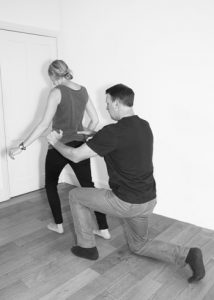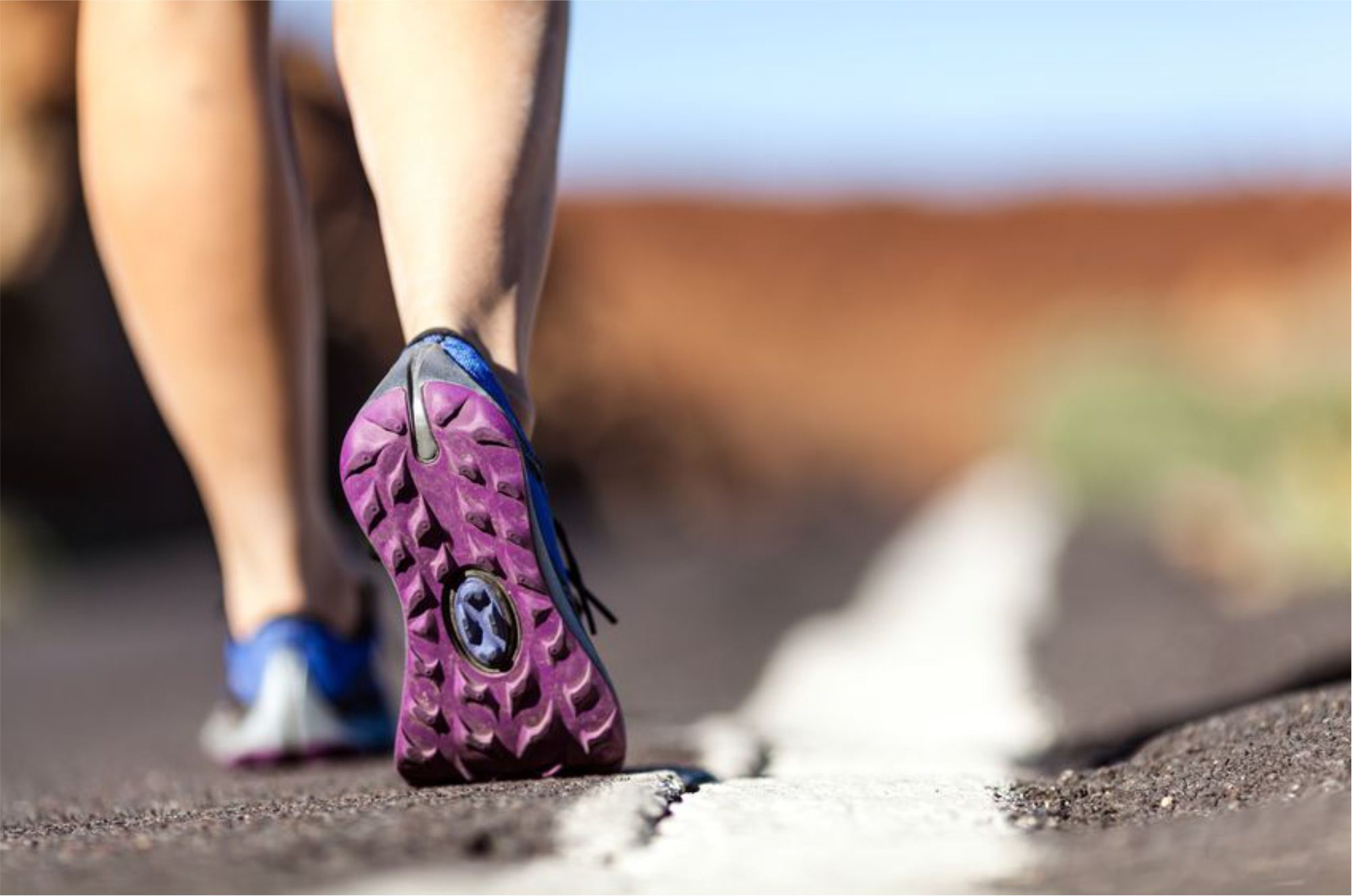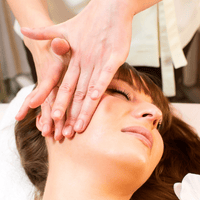Ready to get fit?
New Year resolution?
Help and advice is at hand
If your New Year’s resolution is to get fitter, faster, stronger or to be more active then hopefully this advice will help you achieve your goals.
Normally in January and February my Sports Clinic starts to see a steady rise of people who have taken up an activity, sports or increased the frequency of their chosen activity as they achieve New Year’s resolutions or may be just a promise to themselves to get fitter.
The most common is a recurring pain or old injury that has flared up or new aches and pain in neck, shoulder upper or lower back.
What’s going on?
The general advice we hear is ‘Do more activity, get your heart rate up and you will become healthier’. Except our muscles and joints are often unprepared for the extra work load.
Our wonderful adapting bodies
Our bodies adapt to what we do most of and for many of us it is sitting at our desks for 5-8 hrs a day. The muscles at the front of our body tend to be shorter. Our pectoral and hip flexors whist our back muscles tend to be stretched and over worked. Our muscles and joints have adapted to be able to stay in this position for hours on end without complaining. But it takes time and hours of training to be able to do this. This changes our posture.
Adding more work load to already over-worked muscles?
So just like your boss assigning you three more projects without any more resource you ask your muscles to work harder when they are already over-worked.
If your muscles have the capacity to cope with the extra workload then all is fine. If not then muscles start to become inflamed and pain soon follows. Achieving your New Year’s resolution becomes a lot more difficult.
The Recurring Injury scenario
Alternatively you have always been quite active and you return to a sport you love or you increase the frequency and that old injury comes back. You leave it to rest and dig out some old exercises your physio gave you years back. You start up again and the injury comes back. The resolution starts becoming harder to achieve.
Start doing things differently
Einstein once said the definition of madness is doing the same thing over again and expecting a different outcome.
Before you start off on your New Year’s Resolution get your body prepared for the extra work load.
It’s all about giving these muscles and joints that are currently over worked more capacity. To do that your need to increase their mobility.
Regaining Movement
I use a combination of the latest Functional Exercise Therapy developed by The Gray Institute of Applied Functional Science and tried and tested Osteopathic techniques.
 Hugo-Firth-Osteopath
Hugo-Firth-Osteopath
The approach works for people with recurring injuries as well as those starting exercise for the first time. It gets joints and muscles moving in a pain free way. The body relearns this as an effective pain free movement and with repetition soon adopts it, increasing range of movement. This in turn gives your muscles and joints the capacity to take on more work and help you achieve those 2017 goals.
A typical Functional Exercise that helps golfers, tennis players, swimmers, runners and walkers and cyclists.
Upper Back Mobility Exercise – Demonstration
Rotation, our ability to turn, in our upper backs is important for many sports. If it is reduced, normally by sitting at a desk for long periods, then other parts of the spine, shoulders, hips or knees will have to work harder and rotate more to give the movement we need. Increasing the potential for injury in those areas.
Rather than forcing the person to rotate I encourage movement in other vectors such as side bending or flexion. The body responds to these similar movements and soon additional rotation returns.
Achieving those New Year’s Resolutions for 2017

If you want to achieve those goals and already have niggling pain made worse by sitting at your desk, recurring injuries or think that an MOT before you get started could really help then get in touch.
Hugo Firth has created a 3 treatment package to assess , develop and hone your body so you are ready for your chosen sport or activity. At the end you will have strategies to help you move better all captured on video so you can refer to it whenever you need it.
Treatment one. Approx 45-60mins, Assessment and treatment. Defining the cause and initial treatment muscles and joints and functional therapy exercises ( and video)
Treatment two: Approx 30 mins. Feedback on progress, further exercise refinement and additional osteopathic treatment as required (and video)












